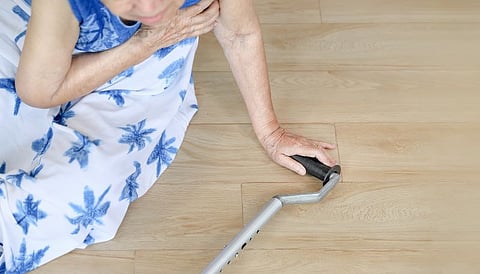FRIDAY, Feb. 2, 2024 (HealthDay News) -- For patients with overactive bladder (OAB), increasing nocturnal urination frequency is a common risk factor for falls with bruises and fractures, according to a study recently published in the International Journal of Clinical Practice.
Shigero Miyajima, from the Fukuoka University Chikushi Hospital in Japan, and colleagues examined 1,136 patients with OAB aged ≥50 years to identify the risk factors for bruises and fractures from falls. In 360 eligible patients, age, sex, frequency of nocturnal urination, and urinary incontinence type were examined. Patients were classified into three groups: those with no falls, those with fall bruises, and those with fall fractures.
The researchers observed significant associations for female sex and nocturnal urination frequency of at least three times/night versus no more than two times/night with bruises (odds ratios, 2.888 and 2.940, respectively). Significant associations were seen for nocturnal urination frequency of at least three times/night versus no more than two times/night and for urge incontinency with fractures (odds ratios, 2.835 and 3.415, respectively). There was also a significant association seen for behavior around urination during the night with fractures.
"Female OAB patients with nocturia and urge incontinence would require aggressive intervention," the authors write. "It is also necessary for such patients to pay attention to the behavior around urination during the night to prevent the fractures in the falls."
Abstract/Full Text


